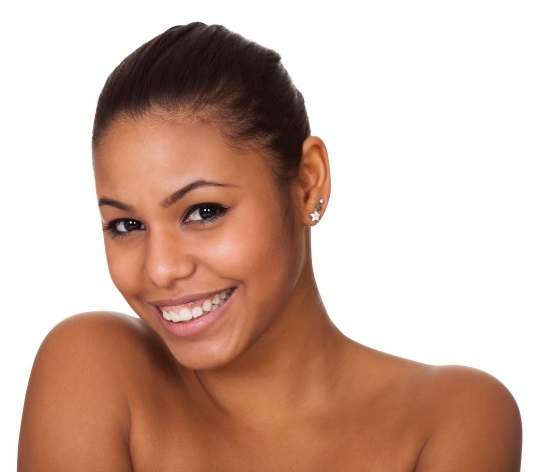 Facial or dermal fillers are used to add volume to areas of the face thereby lifting, plumping and smoothing the skin and so reducing or eliminating lines and wrinkles.
Facial or dermal fillers are used to add volume to areas of the face thereby lifting, plumping and smoothing the skin and so reducing or eliminating lines and wrinkles.
Facial injection procedures are now a very well recognized and understood form of cosmetic treatment and for many people- especially, although not exclusively women- are a regular and normal part of their beauty regimen. In US in 2011 there were over 1.6 million Facial Fillers (Hyaluronic Acid) procedures carried out and this figure is predicted to increase over the coming years. Facial fillers can be used alone or in a combined treatment with Botox, Dysport or Xeomin.
Over the past few years in US, Canada and UK facial injection procedures have become a familiar treatment offered by the more progressive dentists due to the obvious synergies with dental care: a dentist is using needles and injecting everyday; a dentist has a deep understanding of the anatomy of the face and is completely familiar and comfortable working closely within the area. Dr Mark qualified to perform these procedures in New York and is a member of the American Academy of Facial Cosmetics.

FAQs about Facial Fillers
Dermal fillers are used on passive lines, i.e. ones that are visible when the face is relaxed. They work by replacing collagen and so add volume, lift and smooth the skin to reduce wrinkles. Most fillers also stimulate the body to produce its own natural collagen. Fillers are most commonly used in the lower two thirds of the face, for example in the cheeks, nasio-labial fold (lines from nose to mouth) and marionette lines (lines from mouth to chin.)
Botox, Dysport or Xeomin is used on ‘active’ lines i.e. ones that appear when you move your face. They work by blocking the signals from the nerves to the muscles, thereby preventing the muscles from contracting and so causing wrinkles to relax and soften. They are most commonly used in the upper one third of the face, to treat the forehead, the glabella (between the eye brows) and crow’s feet at the sides of the eyes.
We use all of the main fillers including Restylane, Juvederm, Radiesse and Perlane. Some products are identical to others and are simply from different suppliers. However, some are more suitable for injecting deeper into the skin whilst others are better for more superficial lines. At your appointment, Dr Mark will discuss with you what you would like to achieve and the most suitable product/ combination will be recommended.
Yes. The chance of an adverse reaction is less than 1%.
The number of injections is dictated by the area being treated. A procedure will generally take 30- 60 minutes.
This is dependent upon what treatment you have and which product is used. Individual patients also react differently. However, on average the treatment lasts around 6 months. With repeated treatments, over time the interval between each treatment will increase up to 9-12 months.
No. Normal activity may resume immediately but for the rest of the day after treatment ensure that you are not massaging the face or placing pressure on it.
You will see results immediately.
A local anesthetic cream is applied to the face for 15 minutes before the injections are performed. An anesthetic is also incorporated into the injected filler. You will feel a small scratch or pinching sensation with each injection but generally it is considered a relatively pain-free procedure.
A small amount of swelling and/ or bruising can sometimes occur. If the lips are treated it is normal to see some swelling immediately which can be treated with an ice-pack.
This is dependent upon what treatment you have and which product is used. Prices are charged by the syringe :
Restylane/ Juvederm Ultra (1ml)- $700
Perlane/ Juvederm Ultra Plus (1ml)- $750
Radiesse (1.6ml)- $900
Belotero (1ml)- $700
These prices are comparable with US prices in reputable dental and aesthetic clinics. All products are sourced from reputable suppliers in the US or UK.
 Facial or dermal fillers are used to add volume to areas of the face thereby lifting, plumping and smoothing the skin and so reducing or eliminating lines and wrinkles.
Facial or dermal fillers are used to add volume to areas of the face thereby lifting, plumping and smoothing the skin and so reducing or eliminating lines and wrinkles.